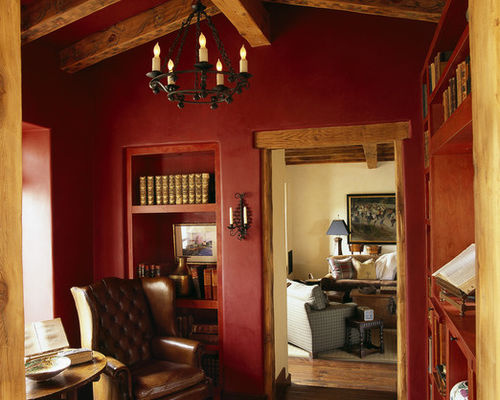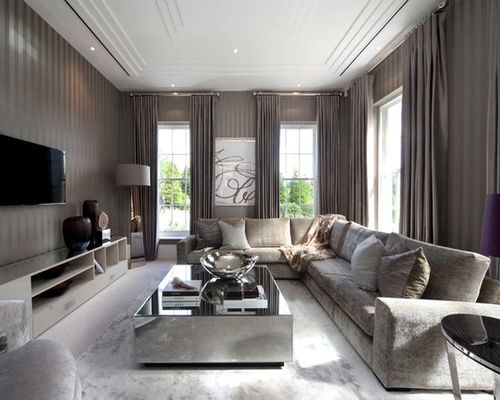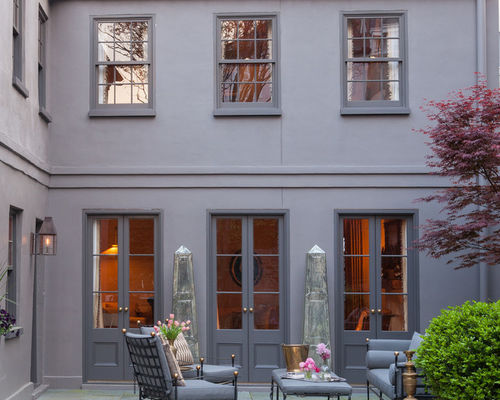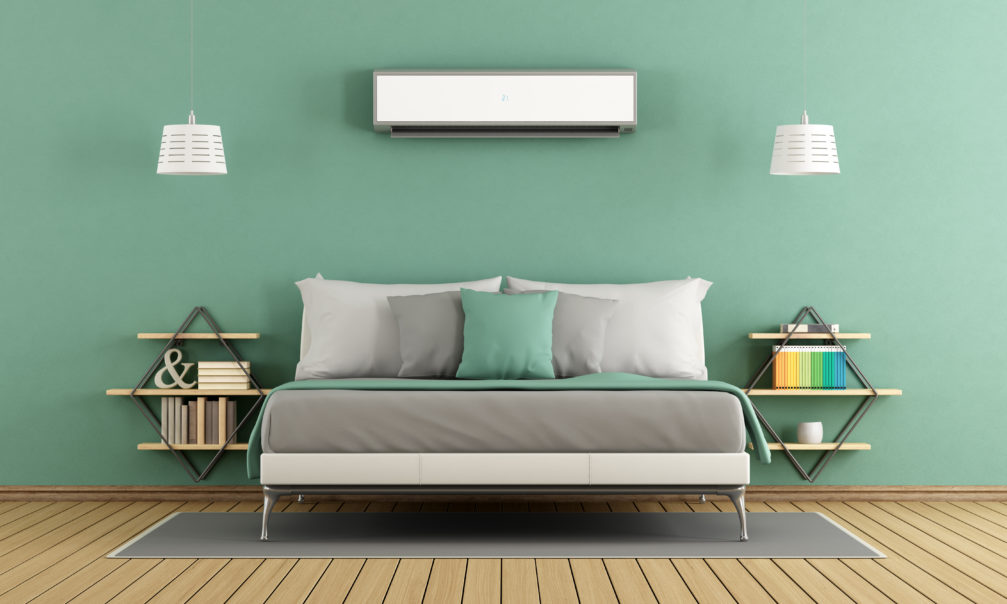By Jess McBride

Lovers of minimalist design often employ a monochromatic palette that features one color in the same tones, shades and tints. Those who lean toward bolder, maximalist design often favor high-contrast color schemes that combine polar-opposite colors, such as flat black and hot pink or neon yellow and charcoal gray. Rarely, though, do we speak of low-contrast color schemes, the happy middle ground between the two extremes. Low-contrast color schemes feature different colors that are next to each other on the color wheel. Here are some ways to work a low-contrast color scheme into your home.
Take a spin on the color wheel. For a truly balanced color scheme that’s soothing to live in, combine the shades that sit side by side on the color wheel. Using colors in the same shade or tint will give the impression of a monochromatic scheme, but with a twist.
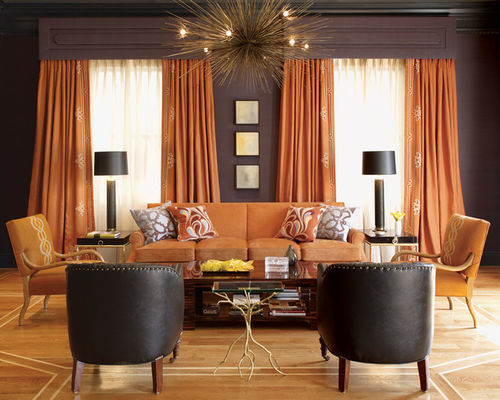
Add a Pop of Color With One of These Table Lamps
Earth tones. Earth tones, sunset colors and autumnal shades lend themselves easily to a low-contrast look since we’re used to seeing them in nature. In this San Francisco living room, orange, purple and brown come together to form a dynamic whole.
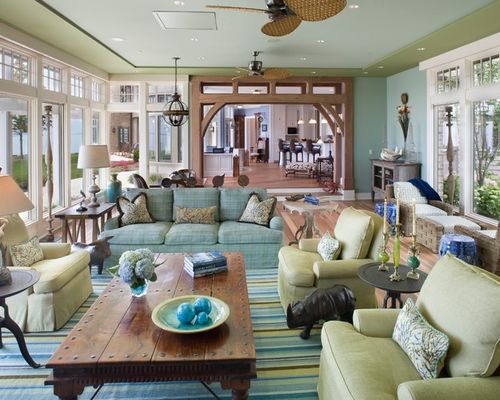
Coastal cool. On the cooler side of the color wheel, colors like blue and green can be combined to create a fresh, coastal vibe. This living room in Rehoboth Beach, Delaware, is a great example of blues and greens working in unison.
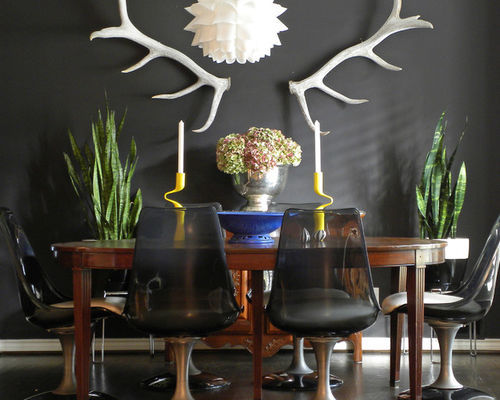
Dark wood. Though perhaps less obvious, pairing dark wood with a dark hue is another form of low-contrast color. We think of wood tones as relative neutrals and use them that way, but if you match them to a paint chip, you’ll find they are indeed colored. Multiple pops of clever color notwithstanding, the bulk of this dining space is a blend of charcoal gray and the large heirloom table’s dark, rich wood.
